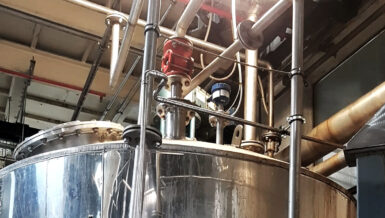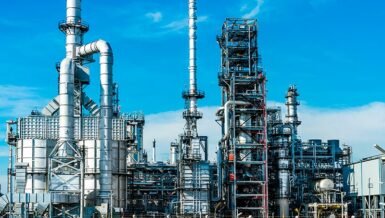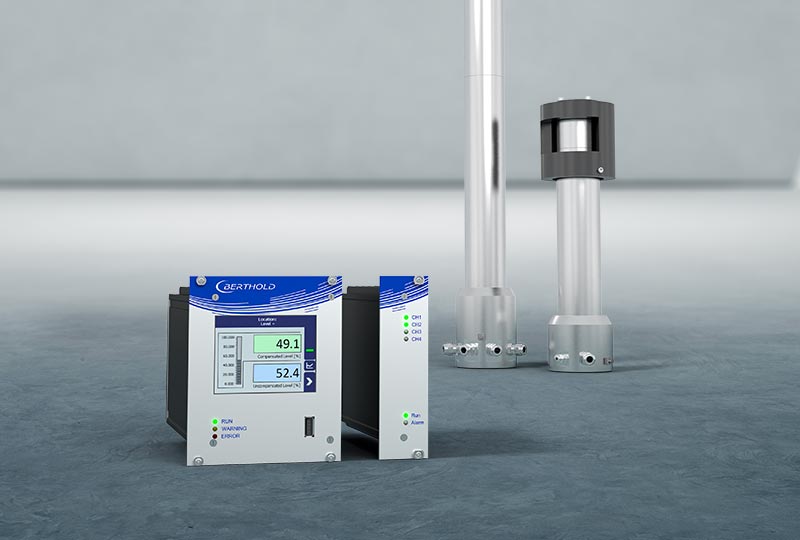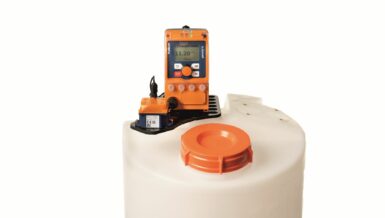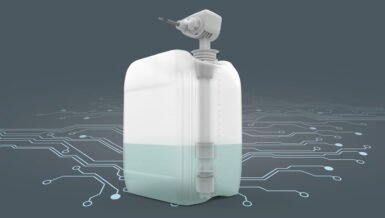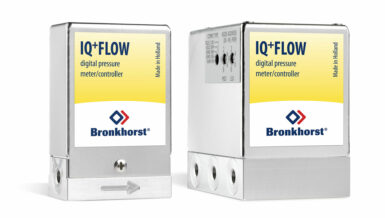Residual water is often present in many refinery applications, with one refinery approximating that 25% of their level applications may involve some type of interface. The boot is a last step separator to prevent particular liquids from reaching downstream processes.
This blog post, part of a Magnetrol® series on interface based on our new white paper, discusses the importance of proper boot interface measurement and reliable instrumentation solutions for these gravitational separators.
The Cost
The result of ineffective boot interface measurement can range from reduced productivity and process efficiency to catastrophic failures in downstream equipment. If trace water particles arrive downstream it may only cause minor maintenance or cleanup over time. Conversely, if a slug of water is not separated and eventually enters distillation columns or other high temperature units, then the water will rapidly flash due to thermal expansion, potentially causing excessive vibration and damage to trays or other parts of the distillation column. Of course, this draws major concerns over safety and productivity lost, as it can cost $550K USD per hour to have a tower down (based on refinery size), and it may take days to bring back up depending on severity of the damages.
In the example of HF acid being knocked out through the boot, if the HF acid level is not controlled and it proceeds downstream, then it will corrode stainless steel piping, valves, fittings and instrumentation. In the other direction off of the boot, if hydrocarbon process liquids exit the boot with residual water, then it will diminish efficiency of the water treatment processes. Wastewater streams that have hydrocarbon particulates may cause downstream problems, such as plugging of screens or filters.
The Solution
The Eclipse® Model 706 guided wave radar (GWR) transmitter is an ideal solution for gravitational separators, often accompanied by a magnetic level indicator (MLI) for visual indication. Sight glasses and MLIs are prevalent in refineries for manual inspection and walk through. With the Aurora® design from Orion Instruments®, a MAGNETROL company, users can benefit from the redundancy of a GWR and MLI through a single external chamber. This can prove beneficial in tight spaces and smaller vessels, such as boots, where a user will receive two technologies while utilizing a single process connection (typically an existing set of mating flanges). If the emulsion is too thick, users can externally strap on a Jupiter® Model JM4 Magnetostrictive transmitter to the chamber (also an ORION INSTRUMENTS product).





